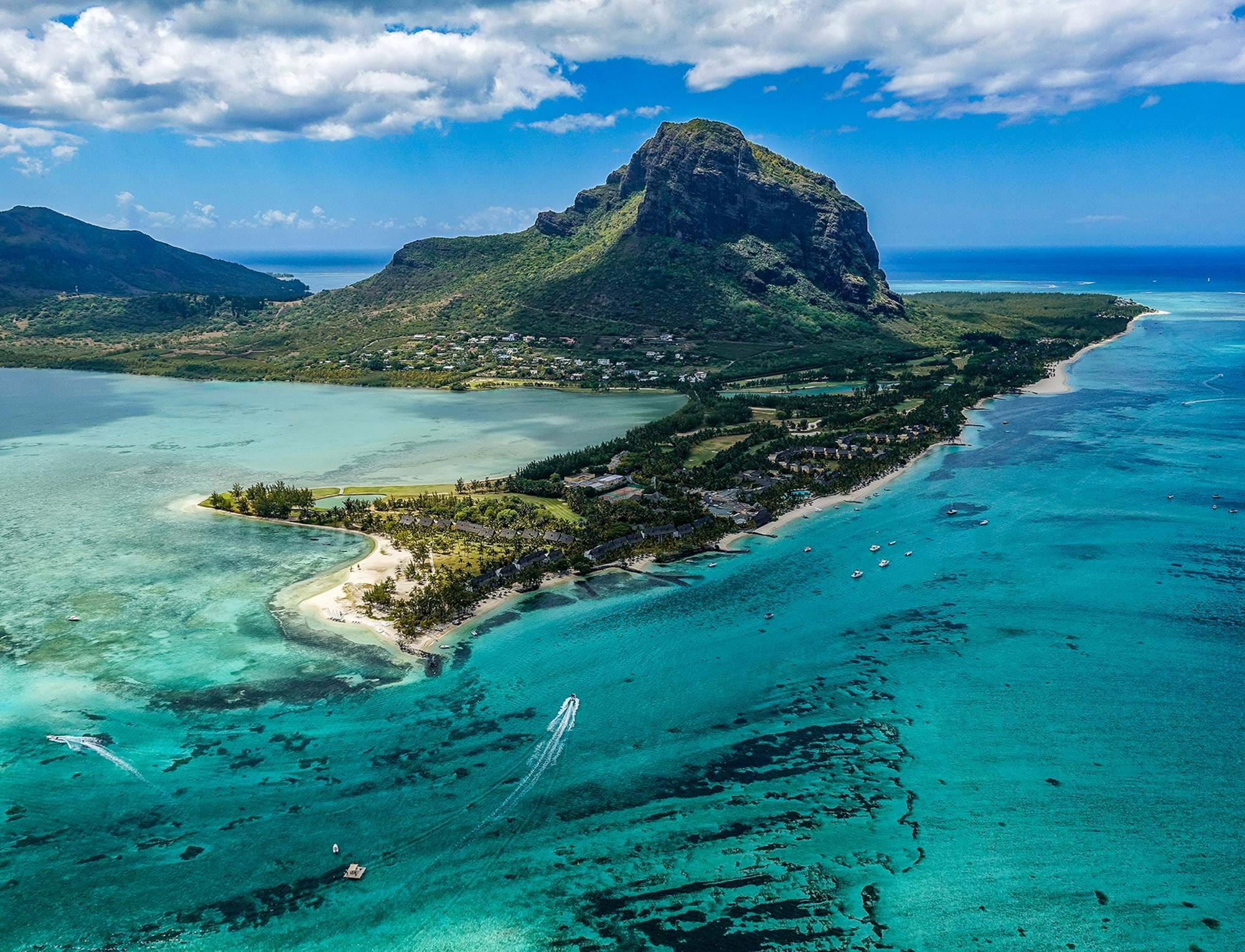The History Behind Le Morne Brabant
15 June 2018
The exotic island destination of Mauritius has no shortage of fabulous attractions and must-visit sites. From picture-perfect churches, fascinating museums and historical memorials to unbelievable rainforests and pristine beaches, there’s undoubtedly something on this island for every type of traveller. But if you are heading to this magical destination in search of its sublime—and often unusual—natural wonders or to better understand its chequered past, than one phenomenal site you absolutely have to visit is the majestic Le Morne Brabant, in Le Morne (which is also known as Le Morne Cultural Landscape), the iconic mountain located on the southwestern tip of the island. Here’s why we think it’s a fabulous attraction (and why it’s one of the most important and popular tourist attractions on the island):
It’s a UNESCO World Heritage Site
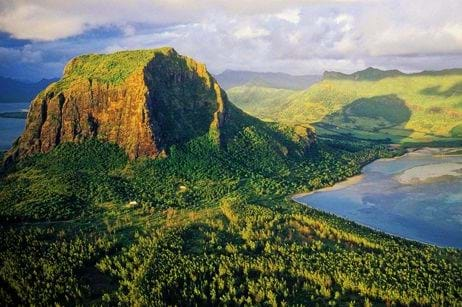
The dramatic Le Morne Brabant (and actually the Le Morne Cultural Landscape as a whole) was put onto the esteemed UNESCO World Heritage Site list in 2008, after which it was closed to the public. Much debate ensued whether it should be reopened to the public, and finally, in 2016 it was. Thousands of people have visited this site, both local and international, since the latter arriving in Mauritius from all around the world. While many people were worried that opening up this incredibly important site would impact it negatively, the director of the World Heritage Centre, Dr Mechtild Rössler, thought otherwise. He said, "This opening represents a major achievement towards increasing the enhancement and conservation of the site". It’s not only a beautiful natural vision, it’s also undoubtedly, one of the most important historical sites in Mauritius (but more on this later!).
You can take a hike up it
If you are not able to head to the magnificent Black River Gorges National Park to make the most of the hiking trails there, then we highly recommend taking the hike up Le Morne Brabant. While it’s only approximately 556m above sea level, the 7km hike up the mountain usually takes 3-4 hours and offers some truly superb views of Le Morne beach and the famous “underwater waterfall” which is really best seen from a different angle when flying to Mauritius.
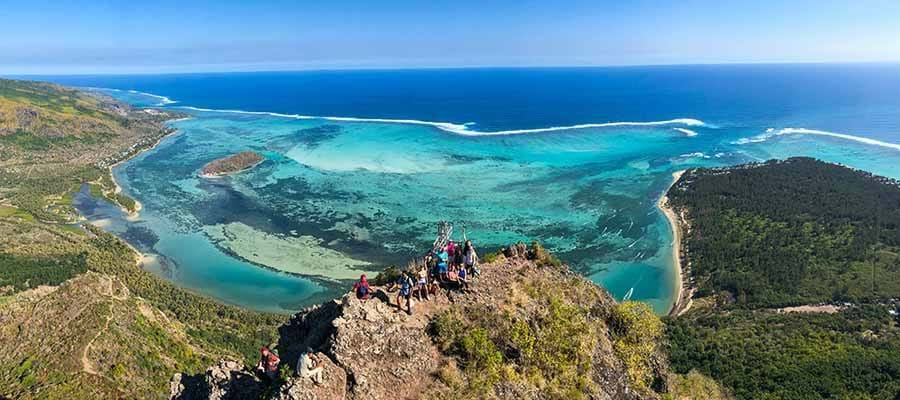
The hike is truly worth doing but it does require some degree of fitness and experience—it’s quite a bit more challenging than you may think by just looking at it. If you do venture up there, be sure to take your camera with you as the views are absolutely magnificent.
It has immense historical significance
Mauritius’ history is a chequered yet fascinating one and it’s filled with juxtaposing things; of slavery and freedom, of inequality and tolerance and of hardship and beauty. As already mentioned, many people may not realise that this wonderful natural site actually played an unbelievably significant role in Mauritius’ history.
In 1639 the first slaves were brought to the island from Madagascar under the Dutch East India Company to work on the sugarcane and tobacco plantations as well as to fell ebony trees. Later, when trade was opened in 1769 to the French, huge numbers of slaves were brought in from other places in Africa as well as India.
After a long period of time, slavery was finally abolished under British rule in 1835 but before this happened, Le Morne Brabant was used as a refuge and shelter for escaped slaves in the 18th and early 19th century. These runaway slaves—of which over time there were quite a few—were given the name ‘Maroons’.

Le Morne provided them with a good hiding place; it had unbelievably steep cliffs which were difficult to traverse (especially unseen), it was an isolated mountain and it was largely wooded which provided the slaves at Le Morne with a good barrier to the outside world and a sense of protection. Here, they arranged themselves in little settlements on the summit (which spans approximately 12 hectares) and in the caves found along the sides of the mountain.
Many of the Maroons stayed here for some time until slavery was abolished (and indentured labourers were introduced, mainly from India) on the 1st of February 1835—when the slaves would be freed but instead, tragedy struck. It is said that on the day slavery was abolished members of the army started to climb Le Morne Brabant with the intention of telling the slaves that they were free.
Unfortunately, due to a massive distrust of the authorities (technically their captors), the slaves immediately thought the army had been sent to recapture them and chose to jump to their deaths instead of risk recapture—they chose death over slavery. A tragic and unfortunate event that could so easily have been avoided.
It’s considered a beacon of freedom and hope
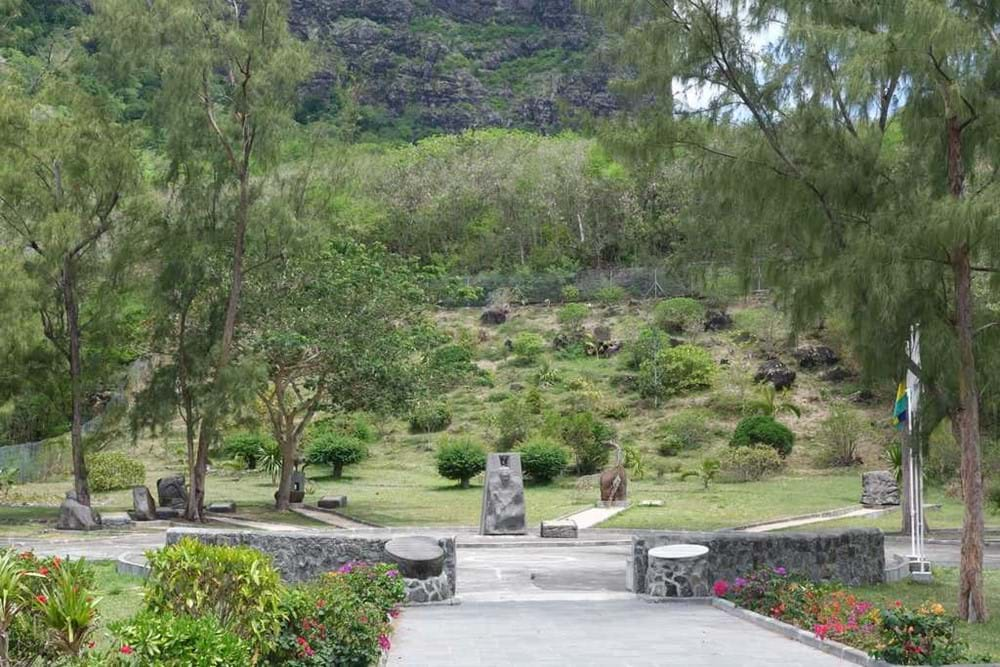
On the 1st of February each year the annual Commemoration of the Abolition of Slavery is celebrated at the International Slave Route Monument which sits at the foot of Le Morne Brabant, across the way from the public beach. Today, the basaltic mountain stands as a symbol of peace and a reminder of the struggle of the slaves, as well as the importance of freedom.
The In Slave Route Monument was opened to the public on the 1st of February in 2009 and showcases the different countries the slaves had came from which range from Mozambique, Reunion Island and Madagascar to India, China, Malaysia and Haïti. This incredible monument and mountain stand testament to the bravery of the Maroons, their suffering, their sacrifice and the unbelievable fight for freedom in incredibly hard times.
Le Morne Cultural Landscape makes for a great day spent in the sun
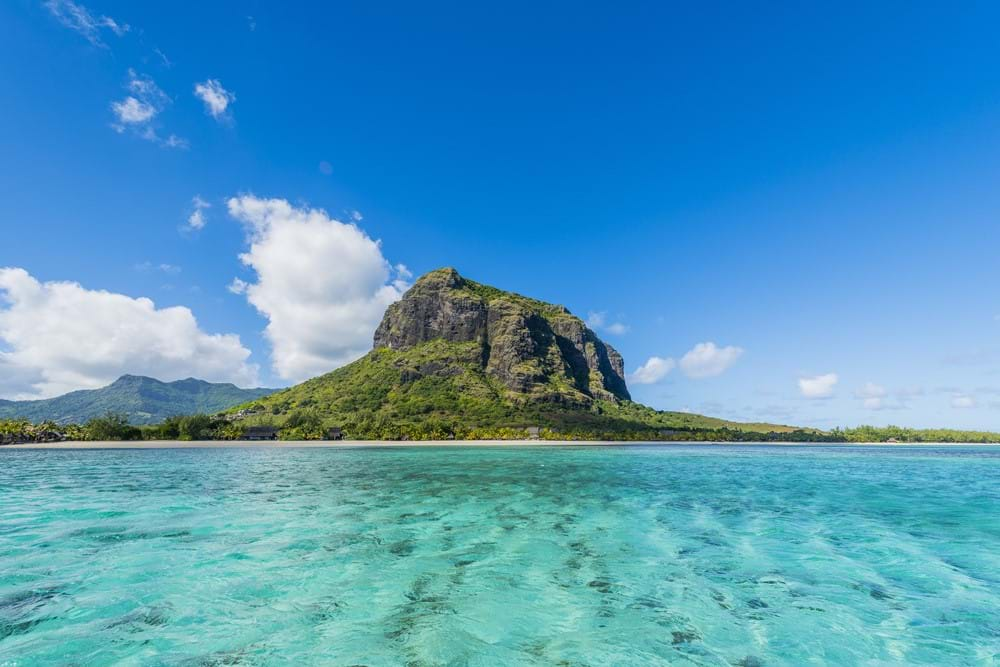
The fabulous Le Morne Cultural Landscape makes for a remarkable day out with your loved ones and regardless of where on the island you are staying, it’s well worth the trek to get there. The gorgeous (and famous) Le Morne beach is the ideal place for lazy days spent soaking up the sun, playing games on the beach, indulging in one of the many water sports offered by the beach or simply to enjoy a swim in the turquoise lagoon—there’s something here for everyone. If you aren’t quite up to hiking the mountain itself then the Maroon memorial is very worth visiting where you can enjoy deeper insights into the plight of Mauritius’ first “freedom fighters”.
If you are heading to Mauritius to explore all of it’s wonderful natural and historical gems then look no further than a stay at one of the absolutely gorgeous four- and five-star Sunlife resorts, that are situated along some of the best beaches on the island. Here guests can enjoy impeccable service, phenomenal food, wonderful (and unique) signature experiences, complimentary non-motorised water sports and so much more in unforgettable settings. A holiday with Sunlife is sure to be one you will never forget.




